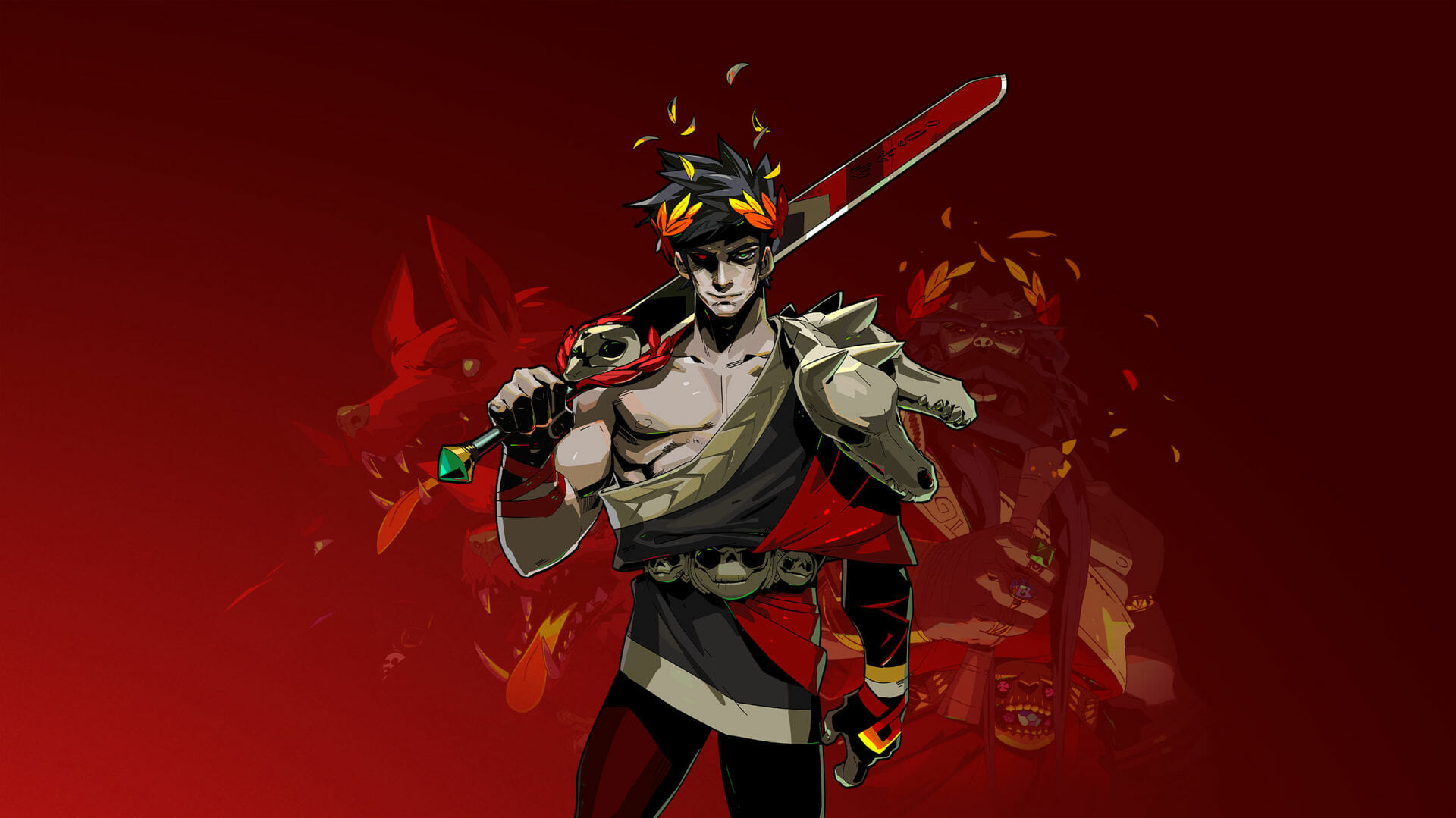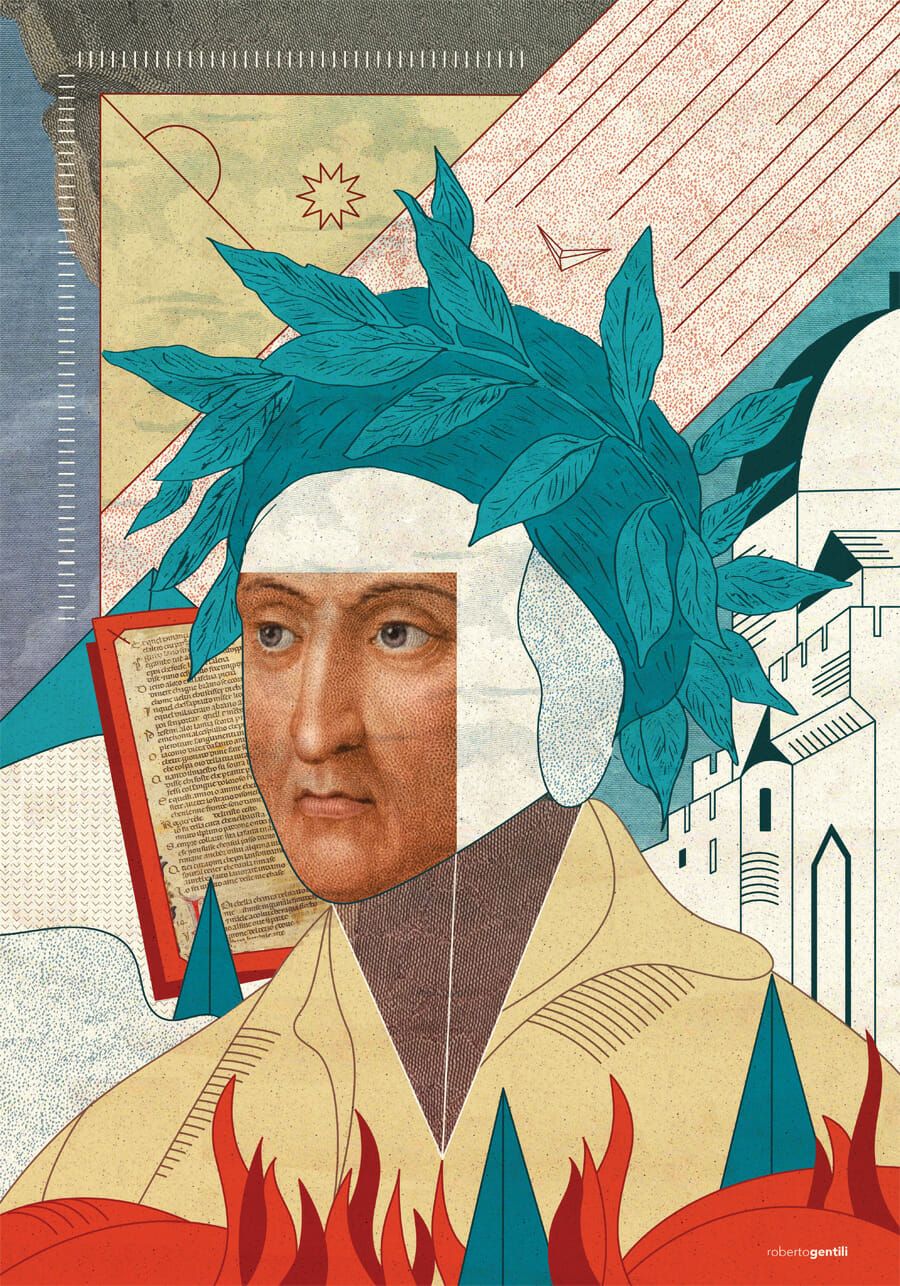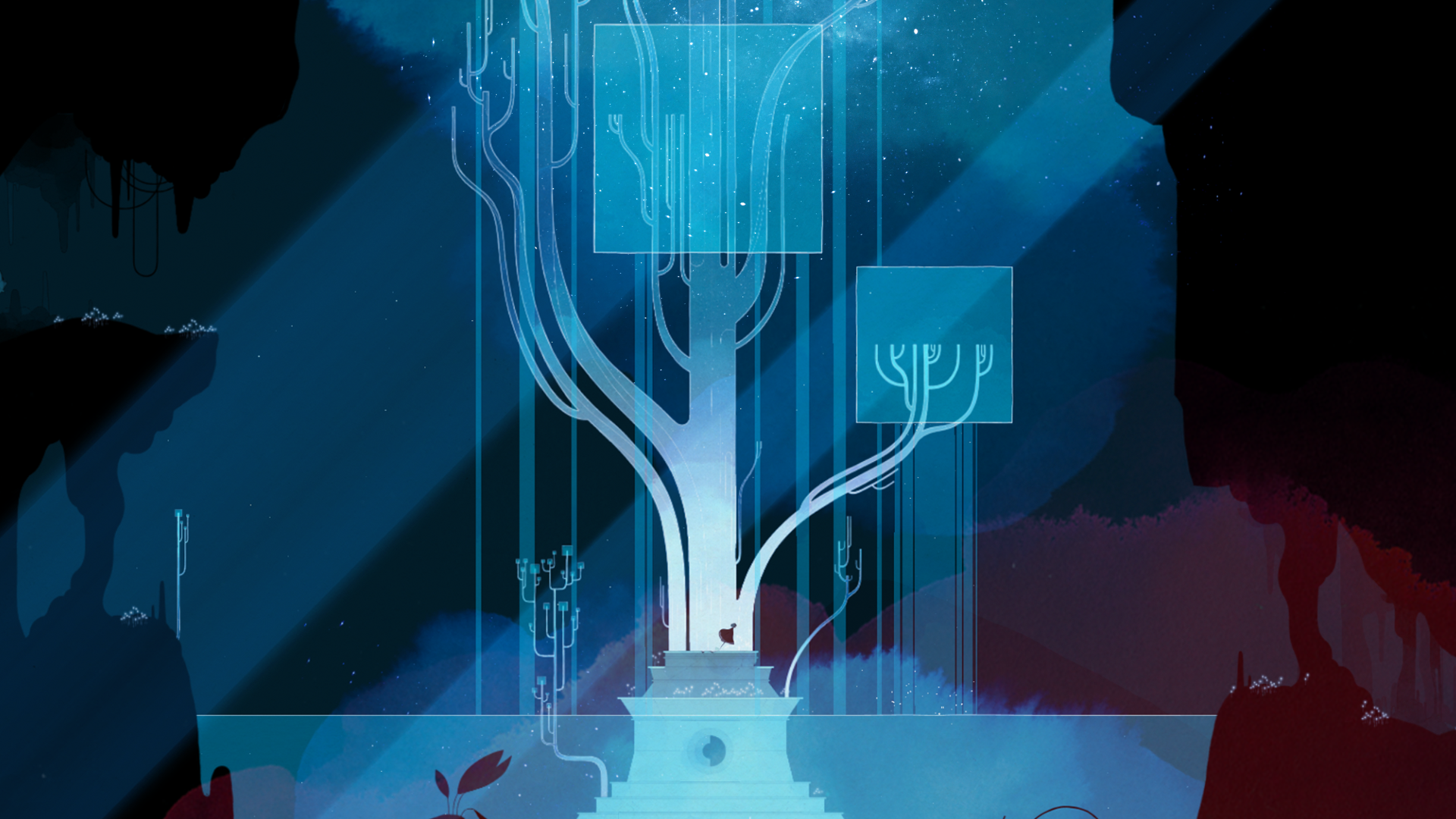
Spiritfarer | Death as a cozy place to be
Game designer
Studio
Art Director
Lead Composer
Publishing Year
Type of game
Genre
Country
In most video games, death is the end of the playthrough. Not a definite end, as the player can start again from where they began: but it does stop the game’s progression. The iconic “game over” screen in many games, from Dark Souls to Super Mario, can be a sign of defeat for the most competitive players. But in Spiritfarer, 2020’s game from the independent video game development studio Thunder Lotus, death is the beginning. The player impersonates Stella, a soul charged with the task of accompanying souls to the Everdoor. Most souls are not ready to leave their life behind, and it is up to Stella to help them get accustomed to the idea of not existing anymore. But Stella has been hiding some things from herself as well, as the player will find out.
A different look on death
As a player first approaches a game such as Spiritfarer, they expect death to be portrayed in a certain way. Death is often gloomy, dark, and unwelcoming. The mention of Charon at the start, the original spirit-farer who will leave their job to Stella, brings to mind Greek and Roman mythology. Like in the recent game Hades by Supergiant Games, where the Greek Underworld is portrayed as hellish and dangerous.
Spiritfarer has chosen a different path for its portrayal of life beyond death. Stella herself is a young woman, cheerful and full of energy. The spirits often refer to her as “comforting”, and her kindness as “contagious”. Most of her jobs around the boat revolve around making the spirits happy, be it hugging them, cooking their favorite meals, or simply listening to their memories. Following her as a shadow, a little cat named Daffodil offers cuddles to anyone who might need them.
Nicolas Guerin is Spiritfarer‘s Creative Director, Lead Designer, and Lead Writer. In an interview with Gamasutra, he talks about the choice to represent death in such a distinct way.
“Although happening all the time in games, death as a topic is almost never seriously approached. Interacting with systems and experiencing them firsthand is unique to our interactive medium, and facing the concept of passing away head-on, of actually losing something, is rather interesting.”
Nicolas Guerin to Gamasutra, June 15 2021
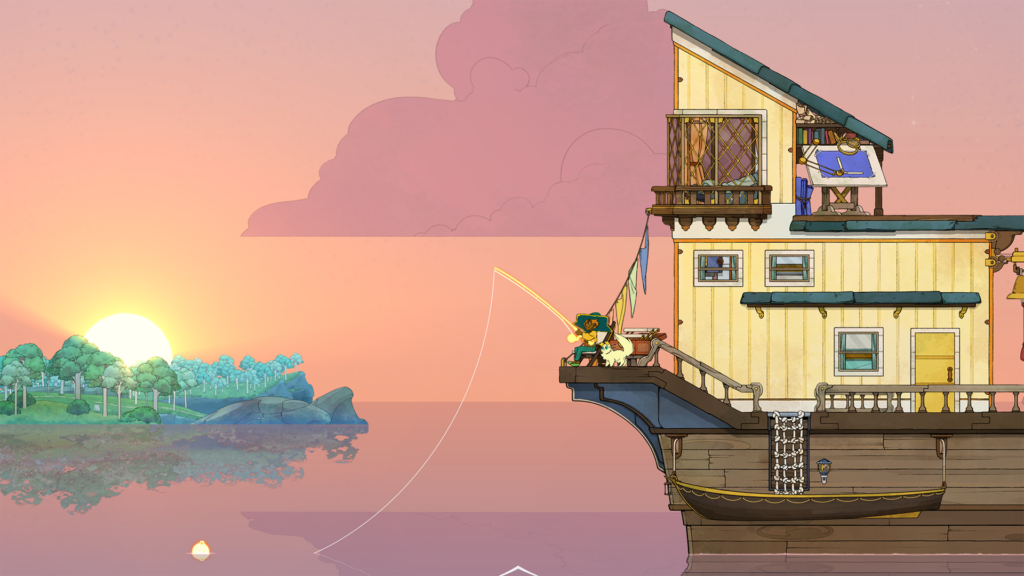
Creating a welcoming space
Spiritfarer’s wholesome and cozy soul is present in every aspect of the game. It starts from the art, which offers very soft and pastel landscapes, often featuring the calming waves of the sea. The design of each spirit is unique, representing a different anthropomorphic animal. This choice can both be a way to make character designs more exciting and the concept of death less heavy.
The mechanics of the game itself strive in that direction. The game focuses on welcoming new passengers, updating the ship with their rooms, and looking for resources to grant their wishes. That makes the gameplay busy, as there is always something to look forward to, but never challenging or stressful. The player is free to explore knowing that the game will wait for them. Spiritfarer also features mini-games to differentiate the gameplay, including fishing and platforming; however, there is no combat.
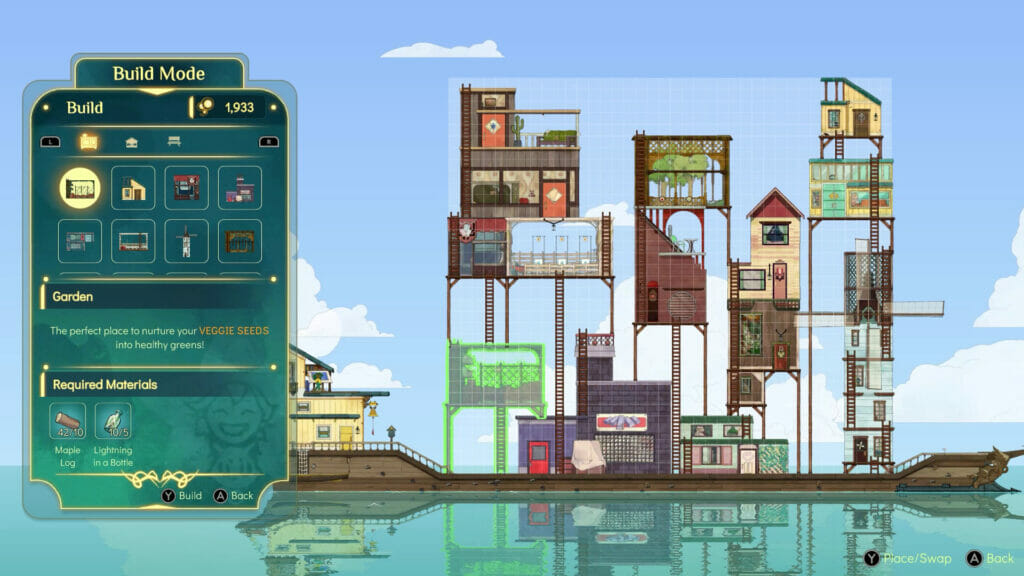
Music is also a big part of the game. The score is cheerful and soft, almost repetitive in the way it reminds the player of the sounds of the sea. It effortlessly follows Stella’s journey, signaling a change of pace or rhythm when she enters a new zone or a different path in the game. In the Youtube playlist published by Maxime Lacoste-Lebuis, the composer of the soundtrack, he says:
“The times we are living through have made the experience of writing music for this project all the more meaningful and I feel like Spiritfarer couldn’t have come at a better moment. The connections and relationships we develop with our friends and families stay with us, we have to treasure them, be more compassionate as individuals and a society, and better learn to say goodbye when the time comes.”
Maxime Lacost-Lebuis on writing for Spiritfarer, August 18 2020
Being prepared to say goodbye
As a game that relies mostly on narration, Spiritfarer’s dialogues are one of its most important features. Each character has a backstory, including Stella, and it is important that the player feels attached to them to have an emotional reaction when it is time to let them go. Spiritfarer accomplished this through a mixture of research and personal experience.
“One of the toughest challenges in designing Spiritfarer was to make sure it all felt genuine and honest”, says Nicolas Guerin, “That the characters, the spirits, were actual people dying. At the beginning of the project, I spent quite some time documenting and researching the topic, meeting patients and caregivers in end-of-life care facilities. In addition, I as a person, and we as a team, engaged in deep introspection, thinking about the people around us who had an impact on our lives and who had passed away. All those stories and memories ended up being the core identities of Stella and the Spirits.”
In Spiritfarer’s art book, it becomes clear how each person’s experience helped develop a specific character. A team member’s departed uncle becomes Atul the frog; Guerin’s grandparents’ troubled love translates into Astrid and Giovanni the lions; and his teenage friend who died prematurely inspires Buck the basilisk. These ties to real people – and to real feelings of loss that the people writing the characters had with the real people – make each spirit complex and grounded.
Nominated for several game awards, among which the BAFTA Games Awards, Spiritfarer sold over one million copies up to 2021. It is a game that takes advantage of the latest fondness of players for wholesome and cozy games and uses it to transmit a message that is important to its creators.
Tag
Buy a ☕ for Hypercritic







